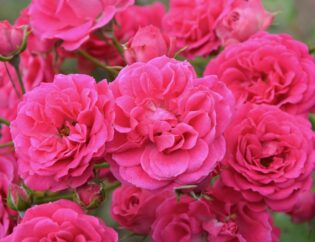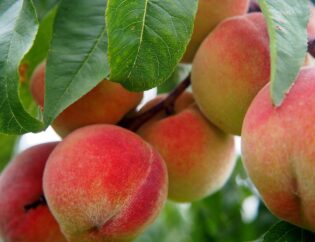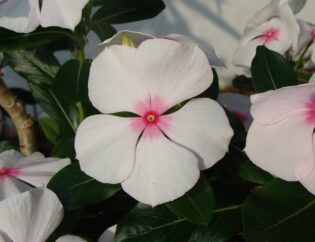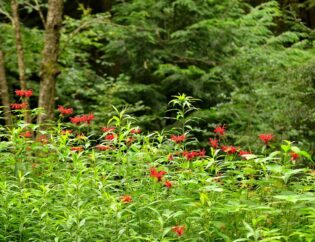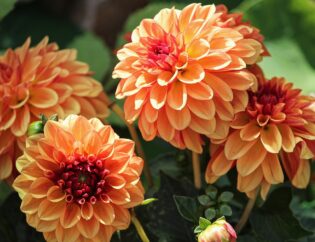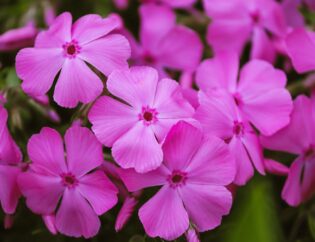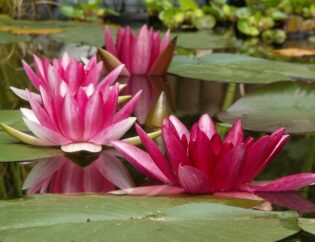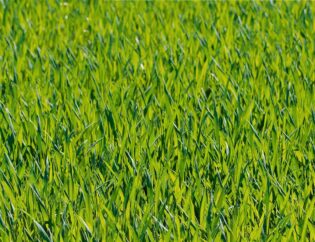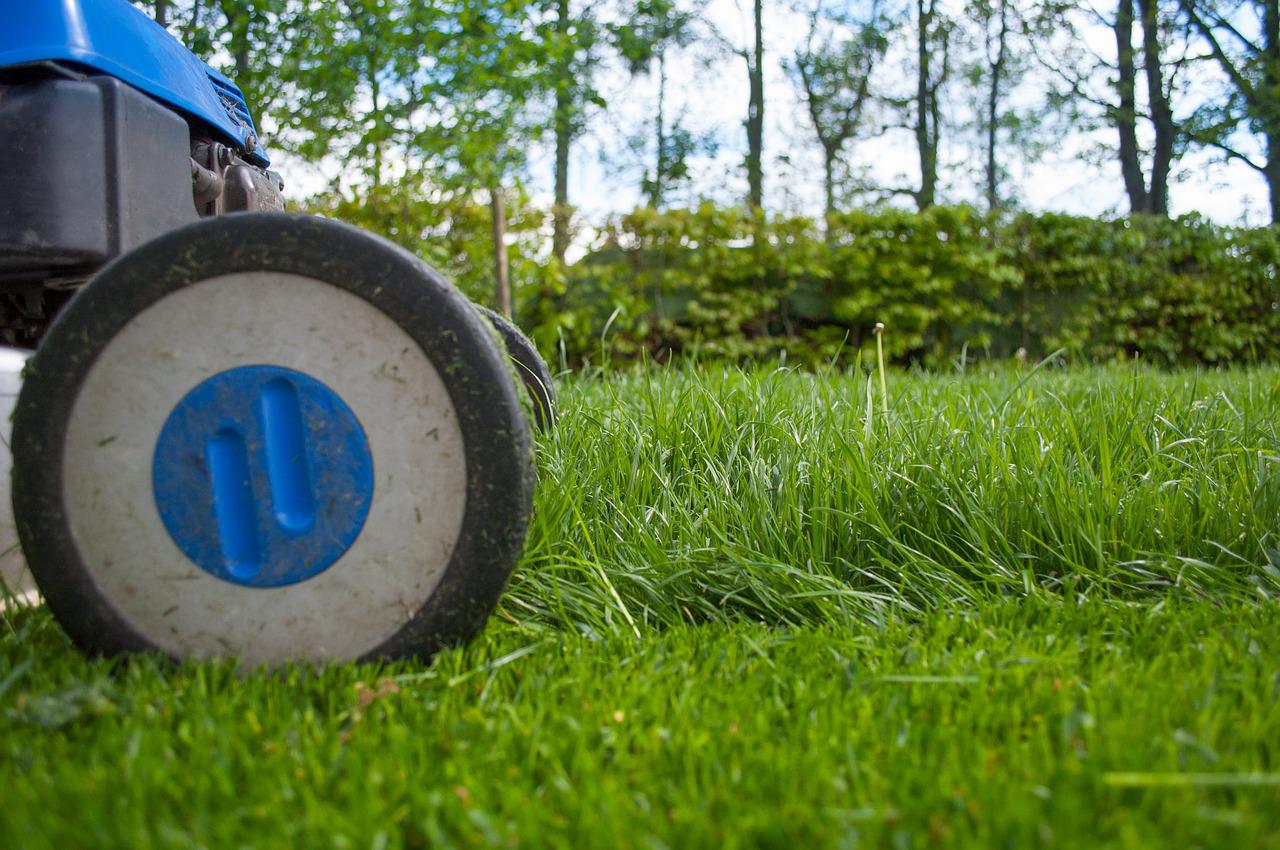
How do people get those gorgeous green lawns — even during sweltering Georgia summers? Many homeowners wonder, but the answer is simple. Follow a proper lawn care schedule (and choose warm season grasses) to enjoy a lush summer lawn! Check out what’s needed here.
Why Have a Lawn Care Schedule?
In general, lawns are pretty easy to care for — but only when they receive regular care. Neglecting a lawn for long periods opens the door for diseases and other problems to take root. The bigger the problem, the more effort and expense are required to fix it.
Staying on a schedule helps homeowners catch these problems early, thus saving money and time in fixing them. Plus, the landscaping looks nice all the time, boosting curb appeal and protecting the homeowner’s investment.
What Is a Warm Season Grass?
Not all grasses grow well in the high temperatures sometimes experienced here in Georgia. Warm season grasses are types of tropical grasses that thrive in these warm temperatures.
Even with the sun beating down upon them, they stay lush and green through the summer months. It varies depending on the type, but the sweet spot for many of them is between 75 and 90 degrees Fahrenheit.
As the temperature drops, these grasses typically turn brown and go dormant. However, they remain ready to burst forth with verdant green when the temps start to rise the next year.
Popular types of warm season grasses include Bermuda grass, Bahia grass, St. Augustine, centipede grass, and zoysia grass.
Spring Lawn Care
Spring is a key time in the typical lawn care schedule. There are several tasks that need to be done to prepare the lawn to be lush and green all summer. Let’s break it down.
Clean Up Winter Debris
Winter will have left leaves, twigs, and other debris scattered across the lawn. The first task is to perform a general clean-up in preparation for summer.
Conduct a Soil Test
A soil test isn’t necessary every year if the lawn is generally well-maintained. About once every 2 to 3 years is fine. However, if there is a soil deficiency that is being addressed, yearly testing is a good idea to keep tabs on the progress.
For instructions on how to test your home’s soil, check out this guide by the University of Georgia’s Extension office.
Fertilize
Warm season grasses benefit from proper fertilization as they come out of being dormant all winter. This will give these grasses everything they need to grow lush and green during the summer.
In most cases, slow-release nitrogen fertilizer is all that’s needed. However, if the soil test indicates a deficiency, be sure to choose a fertilizer that adds the needed nutrient(s).
Overseed Thin Lawns
Spring is a perfect time for new seeds to take root. If the lawn is generally thin overall, overseeding is a great way to thicken the lawn and make it more lush.
With this method, the homeowner spreads a thin layer of seed over the whole lawn. Choose a grass type that blends well with what is already there. Further, remember to adjust the watering schedule-young seedlings must be kept moist or they will wither.
Reseed Patchy Areas
Overseeding is applying a thin layer of seed over the whole yard. If there are bare patches, these areas will need to be reseeded instead. This method involves placing a thicker layer of seed over the patchy area to fill it in.
Often, the areas to be reseeded are compacted. If so, go ahead and aerate the entire lawn to make sure fertilizer and moisture will absorb. Then, continue with the seed application to bare or thin areas.
Mow For Tidiness
Grass doesn’t usually grow at the same rate at the beginning of the season. Thus, regular mowing needs to be part of the lawn care schedule to keep the grass tidy.
If the homeowner mows regularly enough, the grass clippings can be left on the lawn as natural fertilizer. However, if more than ⅓ of the grass length is being cut off, it’s better to bag the clippings to avoid creating an unsightly thatch.
Check Irrigation Systems
To avoid watering issues as the weather starts to warm, check the sprinkler system. If the system was winterized properly, there shouldn’t be damage but it is always good to check on it early.
Summer Lawn Care
As the heat sets in, don’t forget there are a few things that should be a part of any homeowner’s lawn care schedule.
Aerate the Lawn
Late spring to early summer is the perfect time to aerate the lawn and break up compacted soil. Aerating too early gives weeds a better chance to grow — which everyone wants to avoid.
Insect Control
Pests are a big problem here in the South and often feast on grass roots during the spring and fall. Fire ants, mole crickets, army worms, and grub worms are all commonly found around the Atlanta area.
The best time to apply insecticide will vary by which critter is causing damage. Regardless, vigilance will catch the problem early and save money as well as time.
Fertilize
Depending on the type of fertilizer, a summer application may be helpful. However, over-fertilizing your lawn can lead to other problems. Take care and read the fertilizer instructions carefully.
Mow, Edge, and Clean Up Weekly
Warm season grasses grow quickly during the summer months. Build a weekly maintenance slot into your lawn care schedule to mow, edge, and clean-up the lawn during this active period. Also, be sure to keep essential equipment in good repair as well.
Water
Most homeowners want to avoid thin spots and patchy, brown areas on their lawns. The number one way to avoid these problems is to regularly water the lawn, especially as the temperature soars.
Keep an eye out for broken sprinklers. The first sign will be a thinning, dry area. However, over time the dry patch will become brown and unsightly. Early intervention solves the problem before the lawn suffers.
Watch Out for Fungus Problems
What if regular watering doesn’t ward off the brown spots? This often indicates a fungus has taken hold.
Fungal infections commonly start in the fall and winter as the lawn goes dormant. As spring progresses to summer, the tell-tale patches of brown grass become obvious.
A lawn that fails to green-up in patches or has circular brown spots is showing potential signs of a fungus problem. To treat the problem, fungicides designed for lawns are available at home and garden centers.
Avoid Leaving Items on the Lawn
The summer entertaining season brings with it kiddie pools, slip and slides, and other recreational items that are laid over the grass. Many people know better than to leave these items out long term.
After all, blocking the sunlight will harm any plant over a long period of time. But, many homeowners don’t realize that solar damage (solarization) happens much faster.
These items are made of plastics that heat in the sun, cooking the grass beneath them. Those clear and black strips of plastic that are laid down to kill everything before a yard remodel? That’s the same principle at work when a pool is left on a lawn.
Fall Lawn Care
As the grass goes dormant for the winter, there are fewer tasks that need to be added to a lawn care schedule.
Remove Leaf Drop and Debris
As the leaves fall, rake them up and remove other debris to avoid creating a thick thatch on top of the lawn.
Continue to Mow and Maintain as Needed
The grass will grow slower as the temperature drops so it doesn’t need to be mowed as frequently. However, this task shouldn’t be ignored until the grass has gone fully dormant.
Winter Lawn Care
Dormant grass in winter doesn’t need much care. However, here are a couple of mistakes to avoid.
Don’t Overwater
Even during summer, a lawn only needs about an inch of water per week. Dormant grass requires far less and usually gets plenty when it rains.
Don’t Fertilize
Dormant grass in winter will not use fertilizer, however, weeds will happily gobble up those nutrients and have a party! So, delay applying fertilizer until the grass is greening up in the spring.
Maybe You’ve Got Other Weekend Plans?
We’re here to help. At Atlanta Turf & Tree, we take pride in a job well done and have been crafting beautiful, lasting landscapes since 2007. With over 35 years of combined experience, our landscaping services experts are standing by to assist with your next project.
